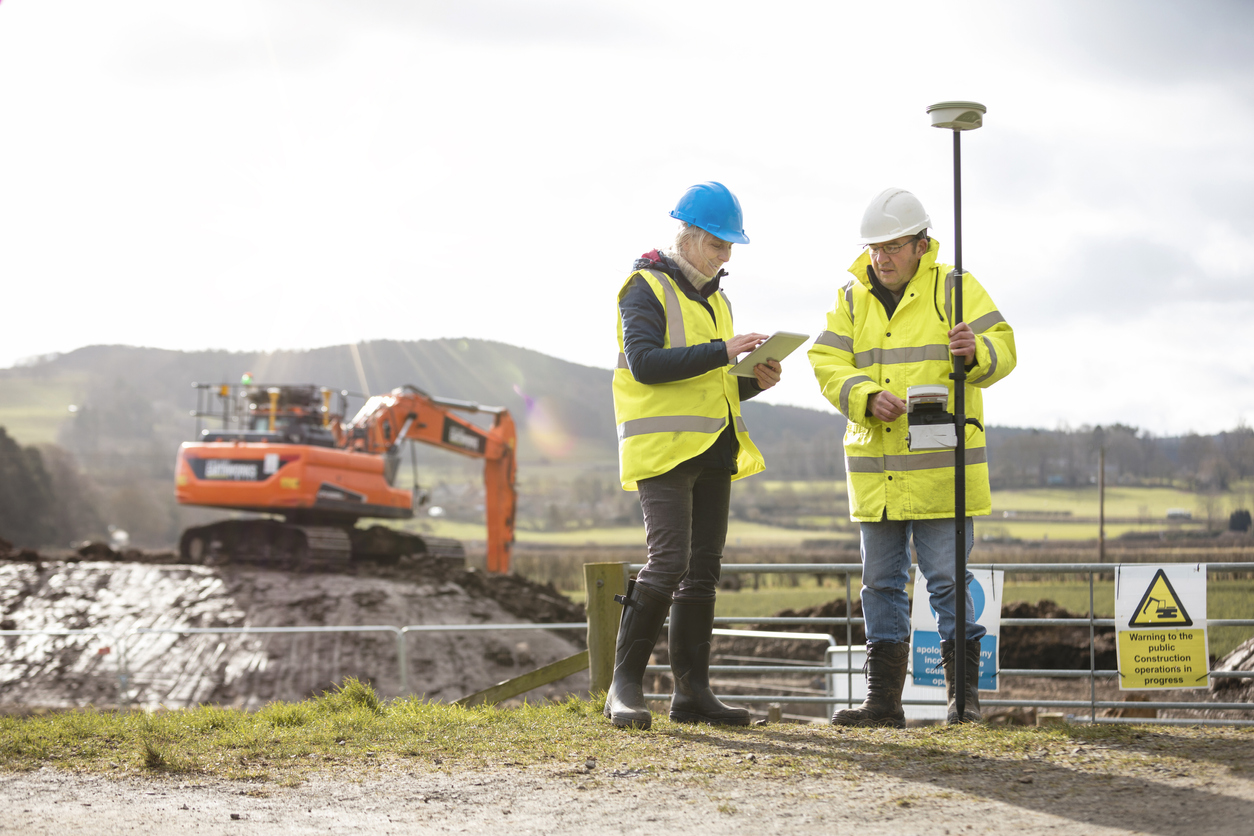In 1972, rocket scientist Jack Nilles coined the term ‘telecommuting’ to describe the idea of mobile working. He believed that people did not need to be in the office to be effective, even though the required technology was in its early stages.
Since then, technology has reached a point where it supports more than people working from home. It is helping people like you manage their construction workforce, convert unstructured data into value and remove the manual steps between the field data reaching the office.
Let’s take a look at this technology – mobile workforce management software – and talk about how it can help you.
What is a mobile workforce?
Mobile workforce in construction is the employees and subcontractors that work in the field. In this context, it is not their roaming nature that makes them mobile. It is the mobile technology that connects them to you – laptops, smartphones, and other mobile devices.
Now, cloud technology has ushered in a more connected era where everything you and the workforce need – anywhere, anytime - and it is called mobile workforce management. Something that was not possible before, at least in the comprehensive way that today's world allows.
You can split the meaning of mobile workforce management into two parts.
1. It is the management of your ‘deskless’ workforce; the end-to-end approach to the process, from planning and scheduling, to analysing the work.
2. It is the tools and processes used to manage your mobile workforce, empowering them perform effectively.
Mobile workforce management software will help you bring this definition to life at your company.
Where does mobile workforce management software fit in?
You often hear buzzwords like connected and empowered when it comes to technology. But how will mobile workforce management software really improve your performance? More importantly to you, how does it work in construction?
Here are three tangible ways this technology can help your business.
1. Improve data collection
Did you know that 95% of the data captured in construction goes unused and 90% is unstructured? That is according to an FMI study.
When you think about the many ways that construction companies collected data – notebooks, checklists, photos, spreadsheets – these statistics make sense. Pulling everything into one place is hard enough, let alone organising, analysing and reporting on it.
Mobile workforce management software will centralise your data collection, bringing everything into one location. No more chasing for information at the last minute. Workers capture data at the source on their mobile device.
You do this by converting traditional paper documents, like checklists and notebooks, into digital documents. Anyone can then ‘fill out’ the paperwork on the mobile device.
2. Convert your data into value
Did you know that just 8% of construction firms have access to real-time systems with dashboard reporting? This statistic is from the same FMI study mentioned earlier.
Construction is one of the data richest industries on the planet. But this data only becomes valuable when translated into practical insights. Otherwise, you are left with a growing pile of expensively gathered information just collecting dust.
Mobile workforce management software will make your data work for you.
With the right tool, you can build a customisable dashboard that gives you a 360° view of everything you want and need to know.
All the data that now lives in a central database, instead of several stray siloes, will be analysed and summarised in a view that suits you. Then, you can send personalised reports to whoever needs you like – and do this automatically.
These customisable dashboards let you:
- Track job progress to help you meet deadlines
- Improve decision-making and prioritise jobs with real-time information
- Identify the need for training and procedure changes
3. Integrate with external data sources
We spoke about the 90% of construction data that goes unstructured before. Tackling this issue is more than digitising your manual workflows. It is pulling your current digital information together into one central location that gives you complete visibility.
That is why your mobile workforce management solution needs to connect and speak with your other systems. It means that updates in one system will auto-amend the information to appear in the others.
Your CMMS, for example. Your asset registry is full of asset information, like:
- Manufacturer, model, serial number and equipment class and type
- Associated costs and codes
- Location and position
- Performance and downtime statistics
- Associated documentation, video and images such as repair manuals, safety procedures and warranties
- Availability of meters, sensors and Internet of Things (IoT) instrumentation
With the right mobile workforce management software, you can pre-fill forms with the relevant data, equipping your field team with essential information. If they are inspecting an asset, they can feedback their findings into the software, which will auto-update your CMMS simultaneously.
Data = Value with mobile workforce management software
After reading the tangible benefits of mobile workforce management software, you should have context to those two buzzwords - connected and empowered.
You connect your office and field teams on a real-time platform and empower them do their jobs better, and deliver results, which is what everyone wants – the chance to show their value.
It takes the mobile devices your employees already take everywhere and transforms them into a game-changing tool for themselves and your business. By capturing all relevant data and making sense of it, you can understand, measure, analyse, improve and report on performance.
Want to learn more about how this software helps construction companies like yours succeed?



